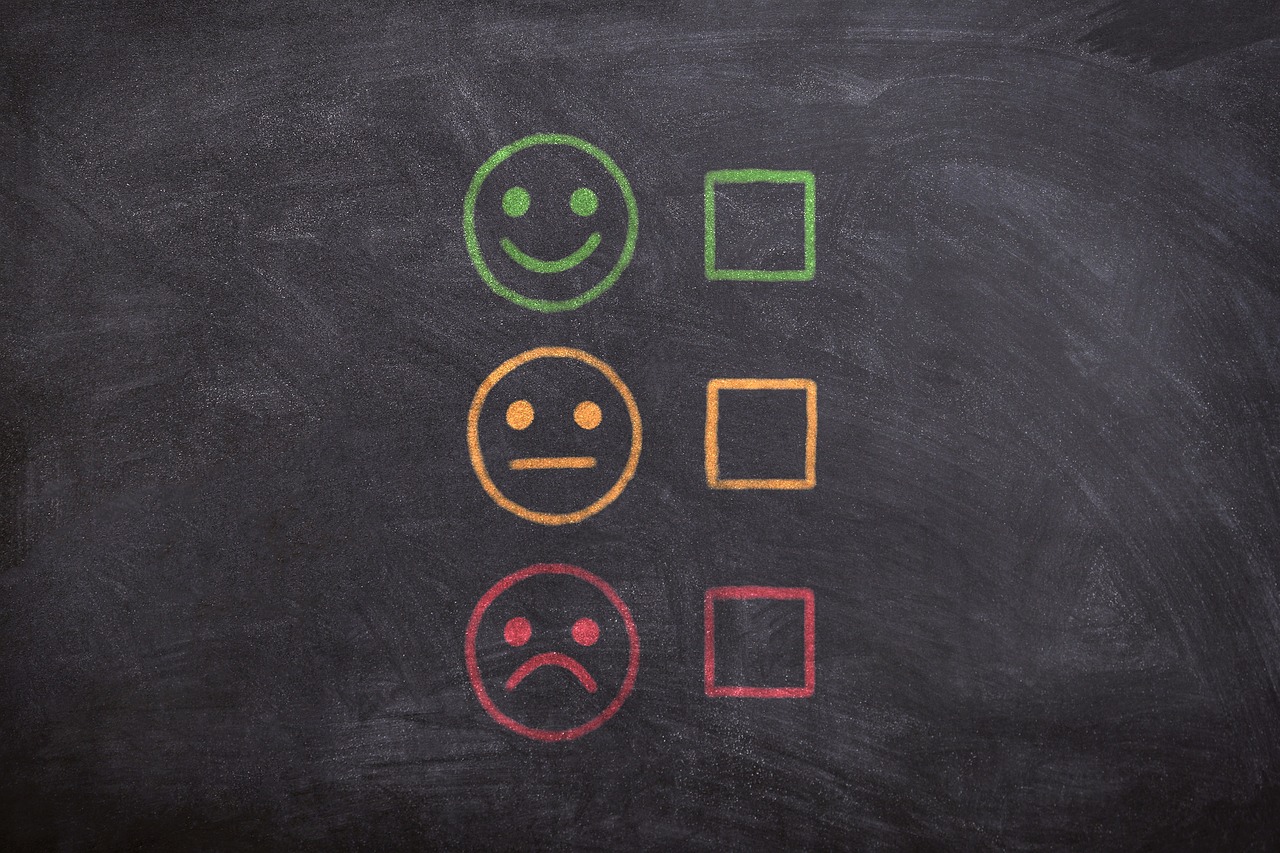
Understanding AI Creativity
When diving into the world of AI creativity, it’s crucial to understand that simply prompting AI tools with short queries is not enough. Many users approach AI as they would Google, expecting immediate, magical results. However, this often leads to generic outputs that lack originality. Instead, to harness the true potential of AI, you need to invest energy into your prompts, transforming the interaction from a passive vending machine experience into a dynamic collaboration.
Importance of Detailed Expert Prompts
One of the most effective ways to enhance AI creativity is through detailed expert prompts. By telling the AI to embody a specific role, such as a creative director or a marketing strategist, you guide it towards a more relevant tone and decision-making style. This technique, known as role prompting, sets the foundation for better results. But to take it a step further, process prompting is key. By outlining the typical steps that an expert follows, along with their goals and constraints, you enable the AI to function more like a true collaborator. For instance, using a prompt that incorporates 15 ad hook writing templates can significantly elevate the quality of the generated content, as it allows the AI to follow a structured approach rather than guessing.

Building Iterative Feedback Loops
Iteration is a cornerstone of creativity. Just like renowned authors who rewrite their work numerous times, utilizing iterative feedback loops with AI can lead to outstanding creative outputs. When working on tasks like naming, it’s essential to provide the AI with context and feedback to refine its suggestions. For example, my Collision Name Lab prompt allows users to generate a multitude of name options while simplifying the feedback process. By structuring feedback in a systematic way, you can quickly sift through hundreds of ideas, ensuring that the AI learns and adapts to your preferences.

Encouraging Pattern Breaking and Variety
Creativity thrives on breaking patterns and exploring new ideas. AI models typically operate as prediction engines, which can restrict their ability to generate truly unique concepts. To counteract this, prompts that encourage divergent thinking are vital. For instance, utilizing a prompt that requires the AI to generate “bad ideas” can lead to unexpected and innovative campaign concepts. By challenging the AI to step outside conventional thinking, you open up a realm of possibilities that can yield surprising and effective results.

Requiring Strong Opinions in Outputs
AI-generated content often lacks strong opinions or takes a neutral stance, which can dilute its impact. To combat this, it’s beneficial to define various personas within your prompts that can provide differing viewpoints. For example, using a prompt that establishes personas like “The Tastemaker, ” “The Artist, ” and “The Skeptic” can lead to richer, more nuanced feedback. This approach helps stress-test ideas and ensures that the creative outputs are not only varied but also compelling and opinionated.

Creating a Contextual System for AI
To truly unlock AI’s creative potential, it’s essential to move beyond simple, one-off prompts. By incorporating the principles of process, iteration, pattern breaking, and strong opinions into your prompts, you create a contextual system that enhances the AI’s ability to generate innovative ideas. Rather than treating AI like a slot machine for instant results, view it as a creative partner that requires guidance and structure to thrive. If you’re ready to elevate your AI creativity game, consider implementing these strategies in your next project. By doing so, you’ll transform your interactions with AI from basic queries into a powerful collaborative experience. Let’s embrace the future of creativity together!
